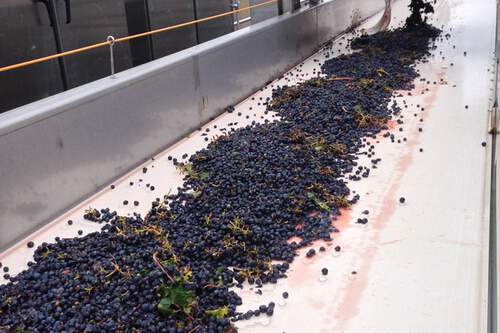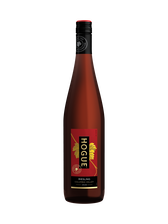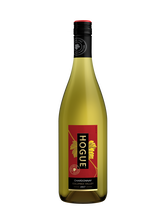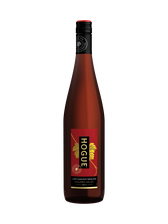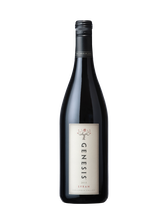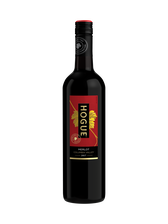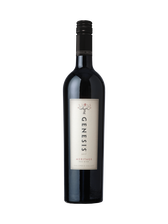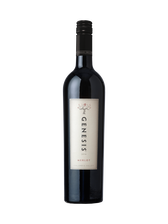OUR STORY
My brother Mike and I opened our doors to The Hogue Cellars™ in 1982, with a commitment to source only the finest fruit from the Columbia Valley's best vineyards. Open a bottle and discover why we've become one of Washington State's most respected wineries.
- Gary Hogue
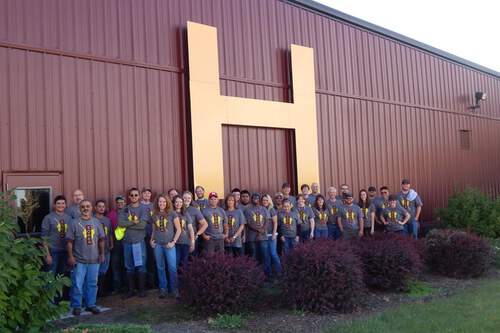
Our Climate
Washington’s premium wine industry began in the 1960s. The majority of the state’s wine grapes are planted east of the Cascade Range in the Columbia Valley appellation, which encompasses the Yakima Valley and Walla Walla appellations. The climate and soils produce grapes with intense fruit flavors and high natural acidity.
Location
Washington's vineyards straddle the 46th and 47th parallels, at approximately the same latitude as Bordeaux and Burgundy.
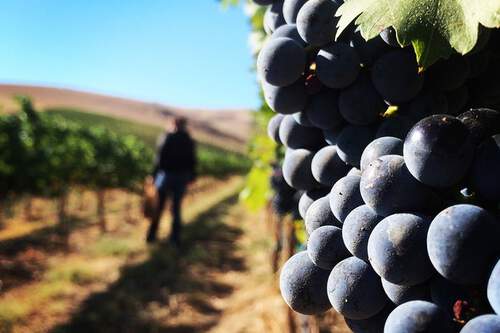
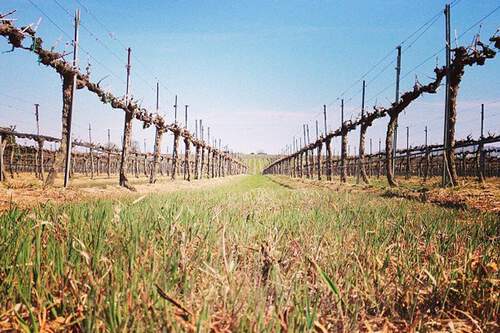
Sunlight
Because of its northerly location, Washington receives up to two more hours of sunlight per day during the growing season than California's North Coast. More sun means more flavor development in the grapes.
Low Rainfall
It can pour in Seattle, which has an average rainfall of 46“ per year, but east of the Cascades annual rainfall averages less than 10 inches. The Cascade Range creates a rain shadow that protects Eastern Washington from Pacific storms and allows for warm, dry days during the growing season. Low precipitation and low humidity minimize rot, mildew, disease and pest problems in the vineyards.
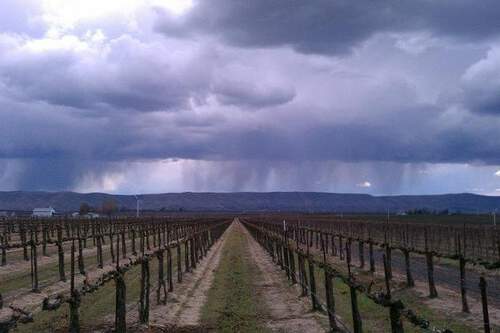
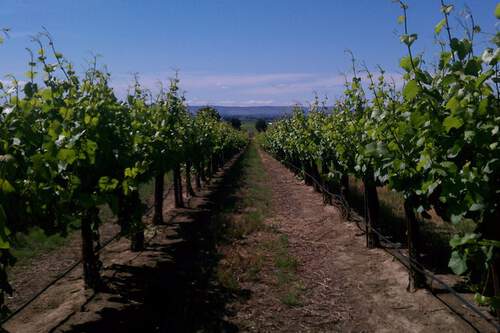
Daily Temperatures
Daily temperatures can fluctuate as much as 40-50 degrees during the growing season. This swing allows for the retention of the grape’s natural acidity and fresh fruit flavors which product lively and fresh wines.
Grape Variety
Because of the diverse growing conditions in Eastern Washington, a large number of grape varieties do well here. When planted in the right locations, Chardonnay, Sauvignon Blanc, Riesling, Gewurztraminer, Semillon, Pinot Grigio, Viognier, Cabernet Sauvignon, Merlot, Syrah, Malbec, Petit Verdot, Barbera, and many others thrive.
